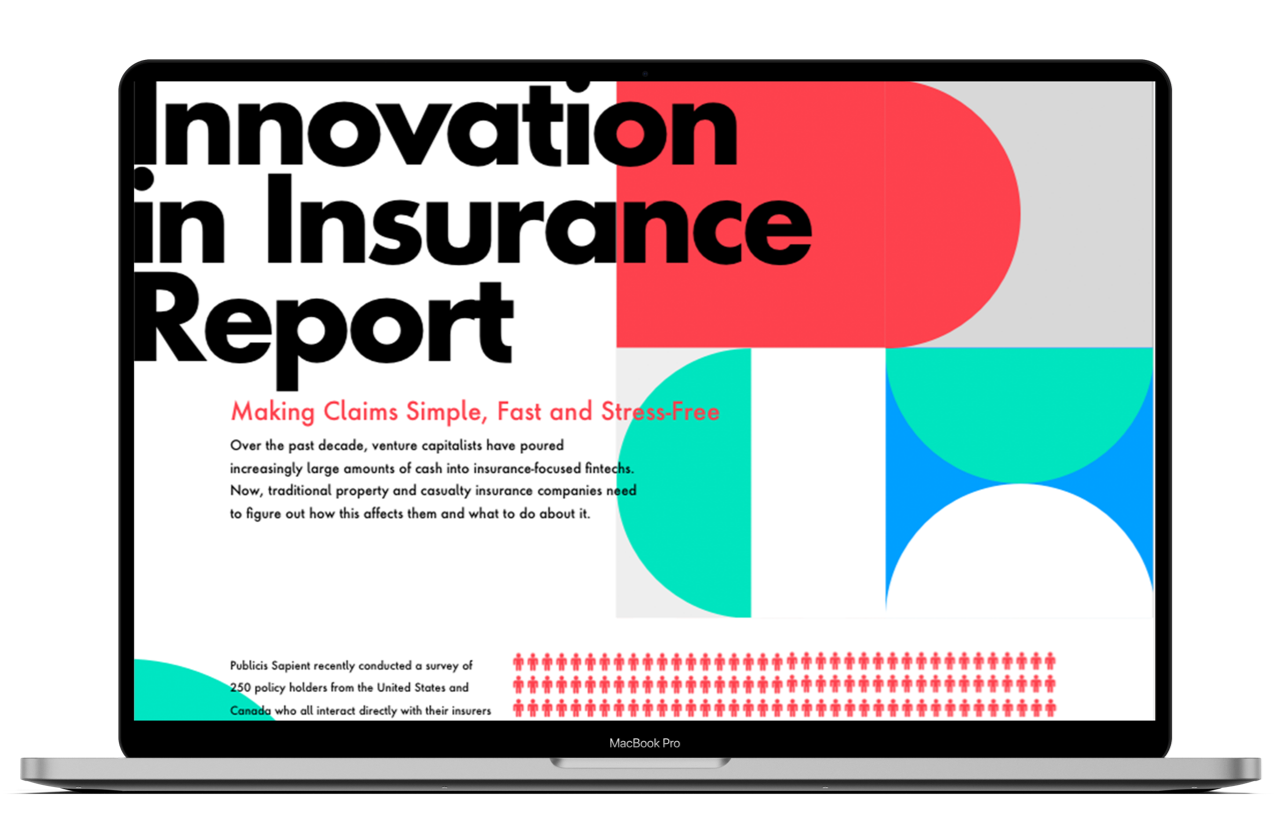What issue can we solve for you?
Type in your prompt above or try one of these suggestions
Suggested Prompt


Small and medium enterprises (SME), or businesses, make up the majority of businesses across the globe. 99% of businesses employ fewer than 500 people.
However, SME businesses are critically underserved. There have been limited improvements in SME insurance offerings over the past decade, as insurers have fallen behind other industries in terms of customer-centricity, speed of innovation and use of data. As a result, there is a real opportunity to deliver a next-generation experience for customers and underwriters.
Why is it so hard to serve SMEs, and what can insurers do to capture more of the market?
What is the current landscape for SMEs?
The SME insurance market represents an $11 billion opportunity for insurers—but the market is complex, with varying business sizes across industries like construction, retail, health, transportation and manufacturing, among others. However, SMEs remain underserved, while their business models and appetite for coverage have been evolving rapidly.

The small and medium enterprise market remains underinsured and underserved
80% of high-growth SMEs are underinsured or have the wrong coverage, with nearly one-third of SMEs without a SIC code (Standard Industrial Classification) that accurately represents their business activities. Insurers can help close the gap by improving engagement with underserved segments.

More SMEs are actively seeking coverage post-COVID
33% of SMEs are more interested in insurance coverage post-pandemic. Business owners are paying much more attention to what their policies actually cover and are actually willing to pay more in premiums to get specific insurance protections.

SME business owners are getting younger
There has been a generational shift in SME business owners. The business-owner demographic has begun to shift to younger generations who have different needs when it comes to insurance products and customer experience, such as the use of digital channels and self-service models.

Brokers are consolidating and are likely to create increasingly suboptimal experiences
According to IMAS, the number of insurance distributors has been consolidating at ~4% per year over the past decade, and micro-SMEs are likely to become increasingly neglected as brokers pursue higher-value deals with lower costs-to-serve.

There have been drastic changes to SME products, channels and technology
43% of SMEs in the U.K. began to offer new products and services during the pandemic, with 76% of U.K. SMEs stating digitalization as a key focus for their future viability following the pandemic.
How have SME insurance offerings and market dynamics changed?
Lines between traditional insurers, brokers and agents have blurred as digital self-service increasingly becomes a customer expectation and standard. This opens the door for insurers to capture the vast SME audience by improving customer service—and by providing an experience that customers are used to seeing in other industries they interact with every day.
In contrast, insurers haven’t kept pace when it comes to digital transformation; they have lost track of the changing nature of SMEs, their business focus and their level of business savviness. There have been limited improvements in SME insurance offerings, with some emerging niche coverage players. Players like Simply Business are gaining share with a ruthless focus on operational and UW efficiency. The technology and data landscape has moved on, making it significantly easier to build data-centric, personalized experiences; however, few incumbents are taking full advantage today.
How can SME insurers best serve customers in the future?
The next-gen SME insurer needs to build out an integrated end-to-end approach, with consistent experiences and capabilities across customer engagement, product, underwriting and services to capture trade-specific propositions and unlock customer value.
There are seven key dimensions to consider as part of this journey:
- Channel optimization: Meeting the customer or broker on the channel most appropriate for their needs at their point in the journey and being able to shift channel depending on specific needs
- Personalization and tailoring: Offering trade-personalized digital experiences and coverages that can attract small businesses (e.g., builders like yours typically take out these variants of tools insurance)
- Automation and decisioning: Using automation and digitization to reduce the friction, automating by design and triaging those requests requiring a more complex underwriting support handoff
- Portfolio steering: Managing portfolio of risks across channels holistically and in near-real time to achieve the right balance of exposure, pricing and performance
- Embedded risk solutions: Standardizing solutions with integrated SME risk management solutions to manage customer growth strategically and support capacity alignment
- Continuous improvement by design: Using an operational and trading engine for continuous improvement and underwriting expansion, linked to the broker and customer offers. For intermediated requests, ruthlessly focusing on digitizing the inbound submissions, enriching with data and making rapid next-step decisions
- Data at the core: Expanding data sources and data models for ongoing informed proposition development, risk selection and augmenting the underwriter by providing the right data and insight at the right time to support the more complex cases
A deeper dive into the opportunities
How should insurers approach the opportunity?
All of this is easy to say, but organizations really struggle with understanding the right strategy, the pace of change and execution, interlocking technology and data availability to deliver value effectively.
We see different pathways and considerations for insurers based on their existing maturity and diversity of distribution. Some example questions that insurers should be asking about how to deliver across capabilities and pathways:
-
Capability
- What’s the right combination of capability to share across channels?
- How do I build the capability to automate ingestion and triaging over time?
- What modern ways of working are needed to embed capabilities into teams?
- What is the future role of Broker Software House platforms, and how should I integrate and work with them?
Pathway
- What technology and data tools should I buy versus build versus assemble?
- What are the implications over different time horizons for key technology decisions?
- What segments/products do I choose as initial use cases?
- Where do I start on the journey?
- What’s the right combination of capability to share across channels?
Publicis Sapient has proven approaches and frameworks to rapidly define strategy and build out proofs-of-concept with our SPEED capabilities to validate propositions and pathways to build scale.
Related Articles
-
![]()
Work
Driving Revenue Through Customer-centric Thinking
How a U.S. insurer’s digital transformation is delivering better customer experiences, plus an extra $5B+ in revenue.
-
![]()
Insights
Transforming the Claims Process: Why Insurers Need to Optimize Experience, Quality and Efficiency
We asked 250 policyholders what they want insurers to do differently. Download our report to find out what they said.
-
![]()
Work
Scaling up With Data-driven Marketing
Learn how one of the world’s top insurers is targeting new B2B customers.














